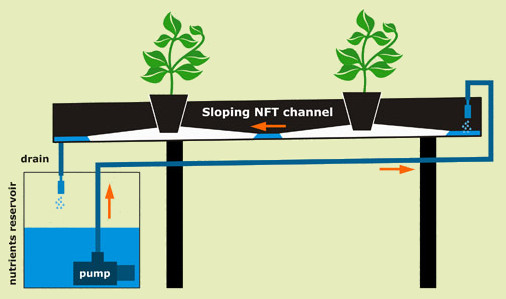Last updated on March 16th, 2023 at 06:49 am
Looking for a sustainable and innovative way to grow plants and vegetables in your home? Try the Nutrient Film Technique (NFT), a cutting-edge hydroponic system that has forever changed agriculture. It doesn’t require lots of water or soil because plants grow in a thin stream of nutrient-rich water. The water continuously flows through plant roots, giving them the nutrients and minerals they need to thrive.
The Nutrient Film Technique is incredibly efficient and produces higher yields. Unlike traditional farming methods, it needs less water and space. If you’re eco-conscious, you’ll love the fact that it’s environmentally friendly. You won’t need harmful pesticides and herbicides to grow your plants and vegetables. This comprehensive guide tells you everything you need to know about the Nutrient Film Technique.
Nutrient Film Technique Definition
The Nutrient Film Technique (NFT) is a hydroponic growing system that makes plants grow healthy and strong by continuously supplying nutrient-rich water to their roots. A thin film of nutrient solution constantly flows past the roots, ensuring they never run out.
A narrow, sloping channel (gully,) covered with a thin layer of water suspends the roots, allowing plants to draw the nutrients they require for optimal growth and development. The NFT system is highly efficient. It uses a little water and nutrients but produces high yields. The system is used to cultivate many crops—herbs, lettuce, tomatoes, and even strawberries. Whether you have a small-scale gardening project or a large outdoor project, it’s perfect.
A Brief History of Nutrient Film Technique
The Nutrient Film Technique was developed in the 1960s by Dr. Allen Cooper, a horticulturist from England. The doctor was looking for a way to grow plants in a soilless environment. He also wanted the system to be affordable, efficient, and easy to use. He was successful in his endeavor.
Over time, the NFT system became very popular among hydroponic growers. It’s now used to grow many types of crops. It’s one of the most efficient hydroponic growing systems and is a popular choice for both home and commercial growers.
How Does The Nutrient Film Technique Work?
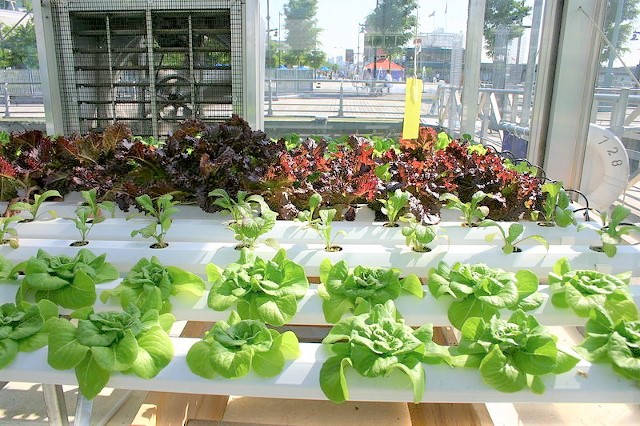
The Nutrient Film Technique (NFT) works by sending a continuous flow of nutrient-rich solution to plants to help them grow in a thin film of water. Plants are placed in grow trays (channels) that are slightly sloped to ensure the nutrient solution flows through them. A reservoir pumps the nutrient solution, which flows through the channels, feeding plant roots with a regular supply of nutrients and oxygen.
Plant roots are usually suspended in the nutrient solution, not submerged. But they are exposed to the thin water film running through the channels. Due to this, the roots absorb nutrients and oxygen directly and dry out slightly between feedings. This helps prevent overwatering and root rot.
To minimize waste and ensure a continuous flow of nutrients to the plants, the solution is recirculated through the system. As it flows through the channels, it draws in oxygen from the air and feeds it to the roots of the plants.
The Nutrient Film Technique will help you to grow plants efficiently and sustainably. You’ll need less water and nutrients and have greater control over the growing environment. Your plants will grow faster and have higher yields.
NFT Hydroponic System Components
The Nutrient Film Technique is popularly used to grow plants in a controlled environment. The recirculating hydroponic system uses reservoirs, channels, pumps, and nutrient solutions to deliver nutrients, water, and oxygen to plants’ roots. Let’s take a look at the key components of an NFT system.
Channels (Grow Trays)
These shallow and enclosed troughs carry nutrient-filled water to the plants’ roots. They are usually made of PVC and other non-toxic, water-resistant materials. PVC is popular because it’s highly durable and resistant to corrosion.
The NFT growing channels are mounted at an angle to ensure the nutrient solution flows downhill without stagnating. They are often arranged in a sequence to create a larger system. They allow for efficient drainage and aeration.
NFT system channels are available in different shapes and sizes. Choose yours depending on the available space and the crop’s requirements.
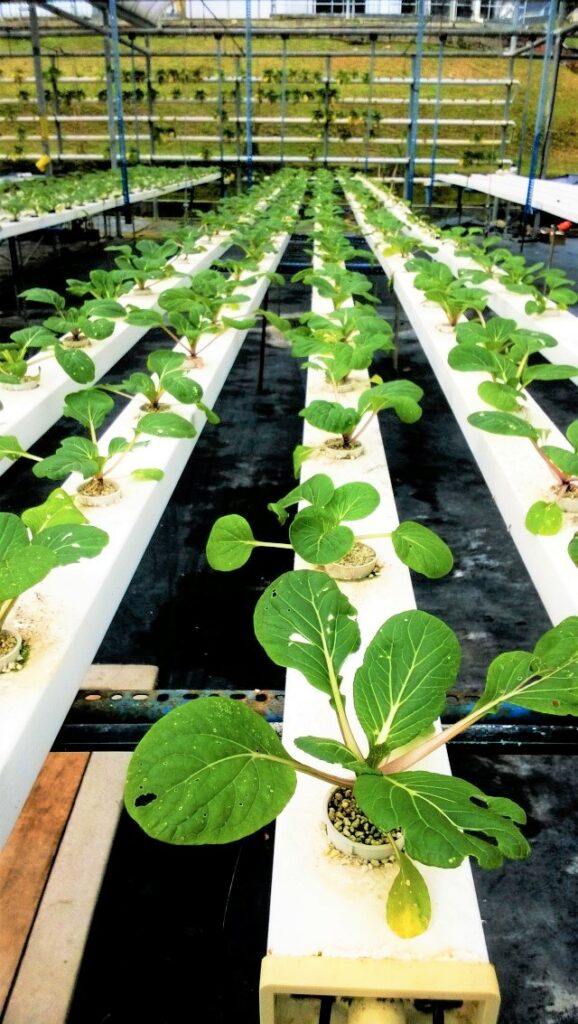
Pump
The pump’s function is to continuously circulate the nutrient solution from the reservoir to the troughs holding the plants, and then back to the reservoir again. It pumps the nutrient solution to the highest end of the channel so it can flow down in a thin film over the plant roots. The roots draw the nutrients they need, and the excess solution goes to the bottom of the channel from where it’s pushed to the reservoir for recirculation.
The pump maintains a steady flow of water, ensuring the plants receive enough nutrients and oxygen. The pump is also responsible for aerating the nutrient solution for healthy root growth and the elimination of harmful bacteria. The nutrient solution doesn’t become stagnant.
Reservoir
This is a large container that holds the nutrient solution. It’s located beneath the channels to promote the flow of water. A reservoir should be large enough to hold a sufficient amount of nutrient solution, or you’ll have to keep refilling it. It should also help prevent the accumulation of harmful microorganisms and algae that can harm the plants. Most reservoirs are made of durable and non-toxic materials like fiberglass or food-grade plastic.
The pump continuously circulates the nutrient solution in the reservoir through the channels. As it does so, plants absorb important nutrients, and the excess solution goes back to the reservoir. Choose a reservoir depending on the number of plants you’ll grow as this will determine the duration between refills.
Also, check the nutrient solution’s pH and nutrient levels regularly and change what’s needed to ensure optimal plant growth. Clean the reservoir regularly to maintain the quality of the nutrient solution and prevent the buildup of harmful microorganisms.
Nutrient Solution
The nutrient solution is a blend of water and essential plant nutrients, such as nitrogen, phosphorus, and potassium. The nutrient solution is the lifeline of the NFT system, providing all the necessary nutrients for the plants to grow and thrive. The nutrient solution should be well-balanced and tailored to the specific needs of the crop being grown. It should also be regularly monitored and adjusted to maintain optimal nutrient levels.
The nutrient solution supplies essential nutrients, minerals, and water to the plants— such as calcium, magnesium, phosphorus, potassium, and nitrogen. It’s the lifeline of the NFT system and provides all the vital nutrients the plants need to grow and thrive.
The nutrient solution also helps regulate the pH level of the roots. A pH range of 5.5 to 6.5 is ideal for most plants grown in NFT. The solution delivers a continuous flow of water to plant roots and promotes oxygenation of the roots by supplying a thin film of water with air to the roots.
NFT Setup: The Nutrient Film Technique Process
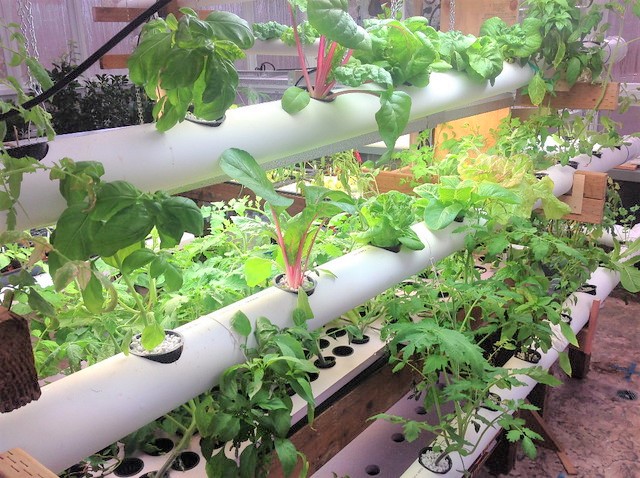
Preparing the System
- Choose a level surface: A flat surface will ensure the nutrient solution flows evenly. The surface should support the weight of the NFT system.
- Install the NFT channels: The long, narrow tubes should be installed at a slight angle ( 1-2%) so the nutrient solution can easily flow from one end to the other.
- Connect the reservoir: Place the reservoir above the channels. Connect its tubing to the channels for the solution to flow through the channels.
- Add the nutrient solution: Mix the nutrient solution according to the manufacturer’s instructions and add it to the reservoir. The solution required will depend on your NFT system’s size and the number of plants. After adding the solution, check the pH level to ensure it’s between 5.5 and 6.5. You can use test strips or a pH meter to check the pH level. If it’s high or low, adjust it using a pH up or down solution.
- Add the plants: Put the plants in net pots and place them inside the channels. Ensure the roots dangle into the nutrient solution that flows through the channels.
- Turn on the pump: This will start the flow of nutrient solution through the channels. The solution should flow gradually and continuously for the roots to be properly nourished.
- Monitor the NFT system: Check the nutrient and pH levels of the nutrient solution regularly to ensure they are within the appropriate range.
Seeding
Once you’ve set up your NFT system, it’s time to start seeding. There are different ways to go about it. You can place seeds directly in the NFT growing channels or use Rockwool cubes or other starter plugs. The most important thing is to keep the seeds well-moistened. They should be in a warm, dark environment until they begin to germinate.
Monitor the Nutrient Solution
Keep a close eye on the nutrient solution to ensure the pH levels aren’t too high or too low. you may have to adjust the nutrient concentrations or pH level periodically to ensure the plants get exactly what they need. But this will depend on the plants you grow and the specific nutrient mix you use. Test the solution regularly and make the necessary adjustments to ensure your NFT system runs smoothly.
Maintain the NFT System
Besides monitoring and adjusting the nutrient solution, there are some other things you should do. Clean the channels and equipment regularly to prevent the buildup of bacteria, algae, and other contaminants that may damage the plants. Also, check the temperature and humidity levels in the growing area regularly to ensure they aren’t too high or too low. And to support healthy plant growth, add adequate lighting.
Nutrient Film Technique Pros and Cons
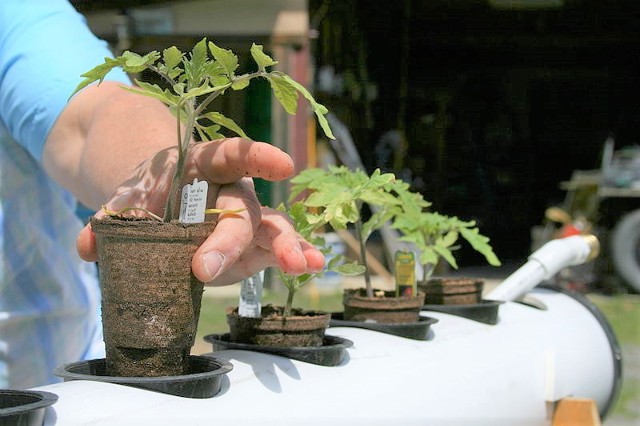
Pros
Higher Crop Yields
The best thing about the Nutrient Film Technique is its ability to increase crop yields. Research has shown that plants grown using the system can produce significantly higher yields than conventional soil-based methods while using less water and space. The plants receive a constant supply of nutrients and water hence grow at a faster rate and are healthier. The controlled environment also allows for more consistent and predictable crop yields, which is vital for commercial growers.
Efficient Water Use
In soil-based farming, water is often wasted due to evaporation, runoff, and inefficient irrigation methods. But an NFT system recirculates water continuously, so less water is needed. Studies have shown that NFT systems use up to 90% less water than traditional soil-based methods. This makes the Nutrient Film Technique a more sustainable and eco-friendly option for growers.
Better Nutrient Absorption
An NFT system supplies nutrients directly to the roots of plants, allowing them to absorb the nutrients more efficiently. Nutrient-rich plants grow faster, produce larger fruits and vegetables, and are more robust. And thanks to the controlled environment of NFT systems, growers can adjust the nutrient mix to fit the specific needs of each plant.
Minimal Use of Fertilizers and Pesticides
Plants grown using soil-based methods often require large amounts of fertilizers and pesticides to stay healthy and protected against pests and diseases. NFT systems are placed in a controlled environment devoid of soil and are less susceptible to pests and diseases. Growers can use fewer fertilizers and pesticides and still grow high-yielding plants.
Cons
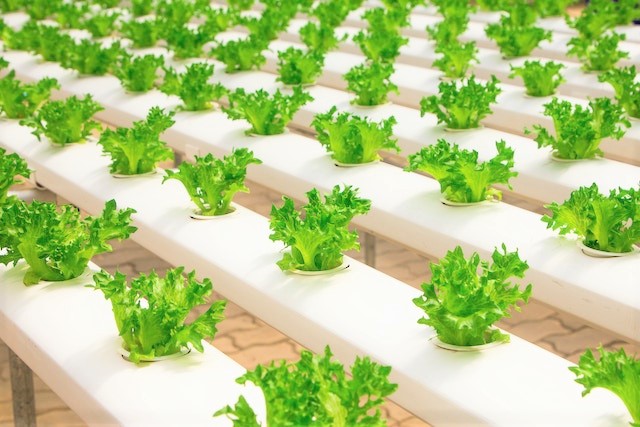
Technical Complexity
NFT systems are technically complex. Careful monitoring of nutrient levels, pH levels, and water flow is needed to ensure plants receive key nutrients and water. If you’re a beginner who isn’t familiar with the technical aspects of hydroponics, you may find the process challenging.
Perform thorough research before setting up an NFT system. Look for resources online and in gardening stores to know how to set up and maintain an NFT system. We also recommend starting with a smaller NFT system. As you become more experienced, you can expand your NFT setup.
Limited Crop Selection
NFT is ideal for plants with shallow root systems, such as herbs, lettuce, and strawberries. Those with deeper root systems, like cucumbers and tomatoes, may not perform well.
Experiment with different crop varieties and then focus on the ones that perform best in your NFT system. You can also adjust your NFT system to accommodate deeper root systems. But you’ll need advanced technical skills for this.
You Need Electricity
NFT hydroponics systems need electricity to pump nutrients and water to the plants. If you live in an area with limited access to electricity or frequent power outages, this can be a disadvantage.
To deal with this issue, you can invest in a backup power source like a battery backup system or a generator. You can also consider using a hydroponic system that does not rely on electricity, such as a wick system or a deep water culture system.
Disease Outbreaks Can Be Disastrous
NFT systems recycle nutrient-rich water and may create perfect conditions for bacteria and fungi to thrive. In case this happens, plant diseases such as root rot and fungal infections can quickly spread.
To prevent disease outbreaks, clean your NFT system regularly and maintain proper hygiene. Clean and disinfect the system regularly and monitor plants for signs of disease. Never use contaminated water or nutrient solutions, and make sure plants receive enough air to prevent the buildup of moisture.
Best Plants for Hydroponic NFT System
- Leafy Greens like lettuce
- Herbs such as basil, parsley, and cilantro
- Strawberries
- Tomatoes
- Peppers
You can grow different plants successfully in an NFT system. The most important thing is to choose plants with a shallow root system that can withstand a continuous flow of nutrient-rich water.
Frequently Asked Questions
What materials are needed for nutrient film technique?
These are the materials needed for the nutrient film technique:
- Channels (growing trays)
- Support structure for the growing tray
- Nutrient Reservoir to hold the nutrient solution
- Pump to circulate the nutrient-rich water
- Net pots to hold the plants in place
- Growing medium to provide support to the plants
- Nutrient solution to provide vital nutrients for plant growth
- pH test kit to monitor and adjust the nutrient solution’s pH
- Electrical Conductivity Meter to measure the level of nutrients in the solution.
- Lighting (optional), especially in low-light conditions.
What are the benefits of growing crops using the nutrient film technique?
The benefits of growing crops using the nutrient film technique include:
- High crop yields
- Efficient water use
- Reduced need for pesticides and fertilizers
- You save space
- It’s easy to control and adjust nutrient levels
- Shorter growth cycles
What are the best plants for nutrient film technique?
The best plants for the nutrient film technique are:
- Lettuce
- Spinach
- Basil
- Strawberries,
- Cucumbers
- tomatoes
Is nutrient film technique the same as deep flow?
No, the nutrient film technique (NFT) isn’t the same as the deep flow technique (DFT). While both hydroponic systems use a flowing nutrient solution to deliver nutrients to plant roots, in NFT, plant roots are not completely submerged in the nutrient solution. In DFT, the nutrient solution is deeper (2 to 4 inches deep), and plant roots are totally submerged in the nutrient solution. An air stone is often used to deliver oxygen to the roots.
What is the difference between hydroponics and nutrient film technique?
Here’s the main difference between hydroponics and the nutrient film technique. Hydroponics is a method of growing plants without soil. Growers use a nutrient-rich solution instead of soil. The nutrient film technique is a type of hydroponic system.
Which kinds of vegetables are suitable for nutrient film technique (NFT) system?
- Lettuce
- Kale
- Spinach
- Arugula
- Bok-Choy
- Broccoli
- Cauliflower
